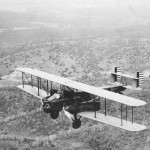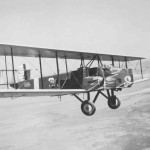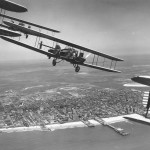
“From his computer console in the suburbs, Colonel D. Scott Brenton remotely flies a Reaper drone that beams back hundreds of hours of live video of insurgents, his intended targets, going about their daily lives 7,000 away in Afghanistan,” writes reporter Elisabeth Bumiller. “When the call comes for him to fire a missile and kill a militant — and only, Colonel Brenton said, when the women and children are not around — the hair on the back of his neck stands up, just as it did when he used to line up targets in his F-16 fighter jet.”
Bumiller writes that when Brenton flew F-16s, he would return to base where other people enduring the same trials were waiting for him. Now, he gets in the car, drives past fast food chains, and arrives home every afternoon, holding his pains inside.
“…You land and there’s no more weapons on your F-16, people have an idea of what you were just involved with,” Brenton said. But now “no one in my immediate environment is aware of anything that occurred.”






